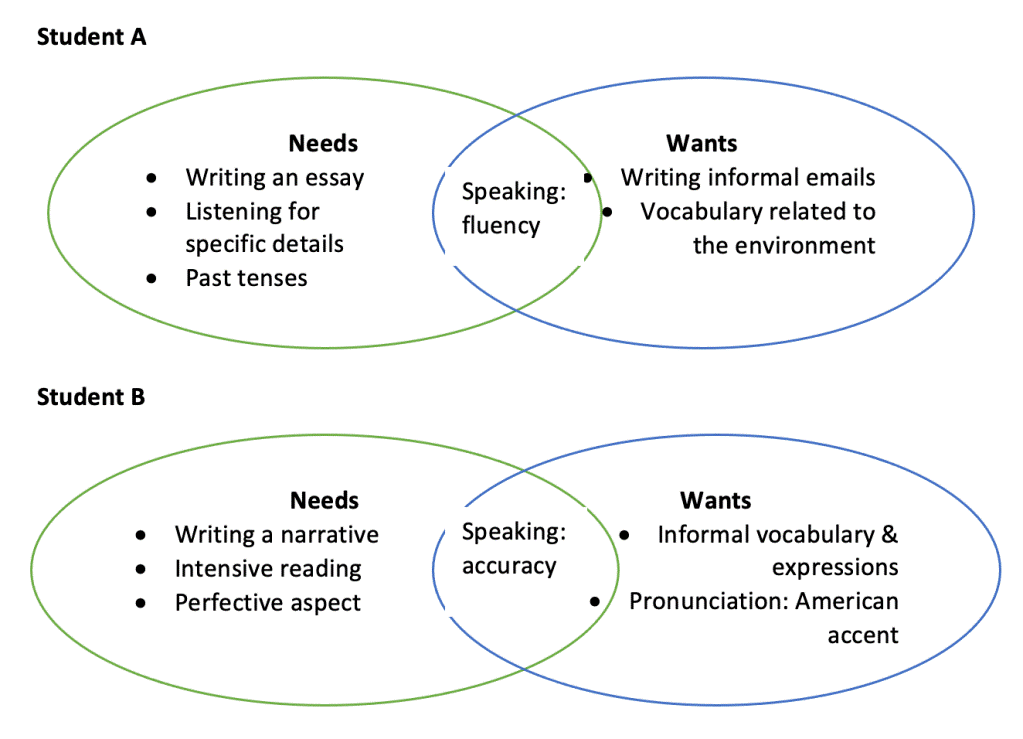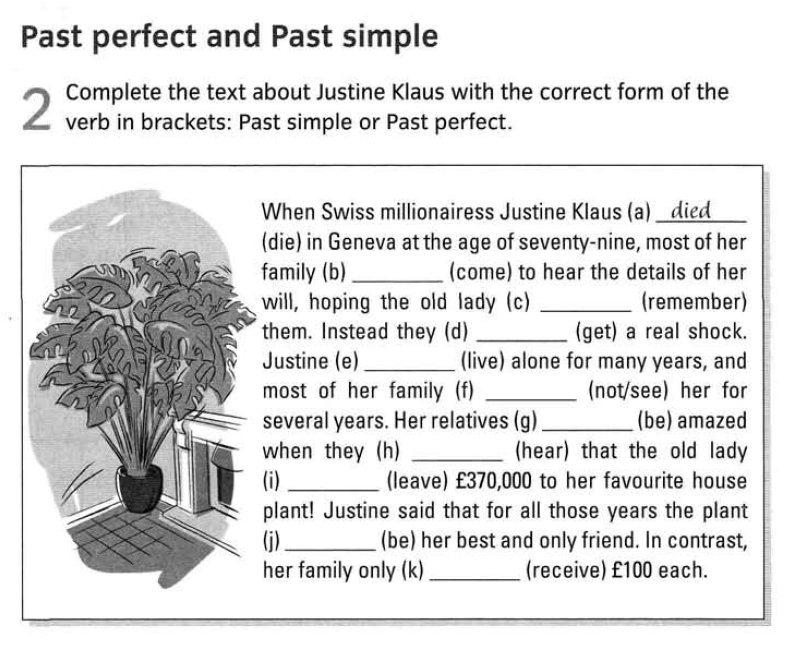One-to-one lessons: some of us love them, others put up with them. Yet, they are a major part of our teaching, right? Many teachers tend to fill up their daily schedule with as many one-to-one lessons as possible. This is understandable – after all, teachers do have to make a living, like everyone else, and in many countries, including Greece, the low rates they are paid leave them no other solutions.
By Alexander Makarios, Teacher Trainer, ACE TEFL
However, for a one-to-one lesson to be successful, and for learners to want to return for more, we do need to spend some time thinking about the learner’s needs, wants and preferences in each case, finding appropriate and relevant resources and materials and planning the lesson in such a way that the learners can derive the maximum benefit, so that they feel they’re getting their money’s worth.
The learner’s needs and wants
Even if learners are at the same level and the same ages, they may still be different in terms of their needs and wants. For example, let’s look at the image below showing the needs and wants of two teens both aiming to sit the same exam at the end of the academic year. You will notice that there is very little overlap; so, using the exact same materials with both would not be a good idea.

Planning a one-to-one lesson
We need to remember that we should not be trying to re-invent the wheel for each lesson; there is no need to aim for the unique, extraordinarily ‘magic’ materials every time we want to make something more fitting and suitable for our learners’ needs and preferences. Using a set of specific questions can save a lot of time and effort. In particular:
Why did I choose this material?
Why is it of interest to my student/myself?
How does it address my student’s needs?
What is the specific purpose of this material?
Does it cover skills/useful language my student needs/wants?
Does it include activities my student prefers or should I adapt it?
Is it culturally appropriate?
Is it at the appropriate level?
What problems can I anticipate my student to have?
At this point, we need to start thinking about the learner’s preferences and their interests so that we can make the materials even better, even more motivating.
A set of criteria we can use to make our lives easier when adapting materials is the following:
Modifying: changing the type of activity
Personalising: making it relevant to the learner and his/her personal life, etc
Supplementing: adding materials, e.g. short videos, etc
Reversing the roles: the learner becoming the teacher
Student taking control: the learner deciding what to focus on, conducting the activity, etc
Taking Student A from the image above as an example, we can safely assume that we would focus more on their writing and speaking skills rather than their reading, their accuracy and range of past tenses rather than present tenses, etc. So, how would we adapt the activity below without wasting precious time?

Taken from ©Pearson, New Cutting Edge
Modifying:
turning it from writing into a speaking activity, e.g. an interview between Justine Klaus and an interviewer
designing and completing a flowchart
Supplementing:
adding a follow-up activity: a written or spoken ‘response’ from one of the relatives to the event/ an interview, etc
Reversing the roles:
the teacher fills in the gaps including some mistakes; then the learner corrects them and explains why they were wrong.
Finally, we should not forget that the student himself/herself can be involved in the process of selecting materials or even designing material they would like to use in their lessons. In that case, we might be able to learn something ourselves from our students!
In a nutshell, we ought to remember to:
create a detailed learner profile and keep it up to date as the course progresses
base our selection and adaptation of materials on our learner’s needs, wants, and interests/hobbies
involve our learner in the selection/design of the materials
establish a line of communication appropriate to the teaching/learning context
keep a record of lessons/topics/etc covered to present it to the learner’s sponsors
encourage learner autonomy to help them achieve their goals faster
